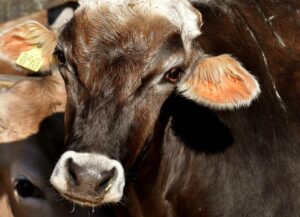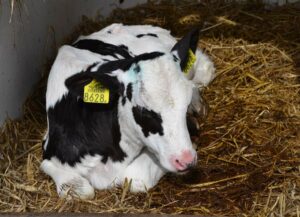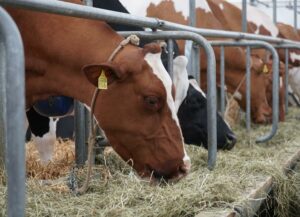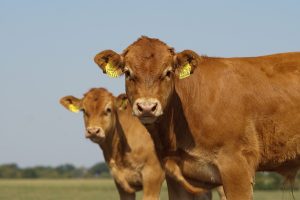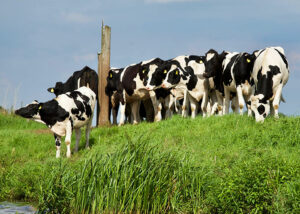Alvaro Garcia
High producing dairy cows in early lactation are generally in negative energy balance and prone to develop ketosis. Their reduced appetite during the transition period challenges their ability to fulfill their nutrient requirements for milk production. The severity of this difference will depend on the cow’s genetic potential for milk production, the adequacy of the diet, feed and herd management practices, and the environment.
One of the most apparent consequences is the mobilization of body fat. Increases in plasma concentrations of non-esterified fatty acids (NEFA) during this period has been vastly reported in the scientific literature. This is usually constituted of a mix of different NEFAs released into the plasma as a result of lipolysis. Ketosis is a frequent metabolic disorder that can result from this fat mobilization, characterized by high levels of NEFAs and ketone bodies. Prevalence of both the subclinical and the clinical forms are frequent around the world resulting in increased treatment costs, and losses in production and animals.
Early detection of this metabolic problem can help limit these losses and improve dairy cattle well-being. One of the key elements in the development of this disorder is the metabolism of NEFAs in the liver. If the uptake of the circulating NEFAs exceeds the liver capacity to metabolize them, serum beta hydroxy butyric acid (BHBA) content increases, making the cow susceptible to develop ketosis. Since the circulating NEFAs profile is not homogenous in ketosis-prone cows, it might be useful to determine if there is a difference in the fatty acid profile of blood NEFAs between these cows and their healthy counterparts.
A recent study (Liu et al., 2020) precisely evaluated these fatty acid dynamics both in healthy and ketotic cows, by comparing blood NEFAs, and screening possible fatty acid as indicators to predict ketosis. Cows in this experiment had body condition scores between 3 and 3.5, were second to fourth parity, and within 30 d before calving. Cows were divided into two groups of close-up cows based on their BHBA blood concentration as follows:
- Healthy control group (C)
- Ketosis group (K; blood BHBA exceeding 1.2mM)
Since it has been suggested NEFAs play a significant role in the pathogenesis of ketosis the authors hypothesized that the ketosis group would have a different NEFA composition in serum compared to the control group.
Blood samples were collected on −7, 3, 7, 14 and 21 d post-calving. Most of the fatty acids (FA) detected in serum NEFAs were saturated (C8:0, C10:0, C12:0, C14:0, C15:0, C16:0, C17:0, C18:0, C20:0, C22:0). Mono-unsaturated FA included C18:1n9 and C22:1n9; poly-unsaturated FA included C18:3n6 and C18:3n3.The five fatty acids that showed differences in composition between the control and the ketosis were C12:0, C16:0, C17:0, C18:1n9 and C22:1n9.
Saturated, unsaturated, monounsaturated and saturated/unsaturated were also different between the control and ketosis group. For example, C18:1n9/C12:0 and C18:1n9/C22:1n9 in the ketosis group were higher than in the control group on day 7 pre-partum.
The authors concluded these that these ratios could be useful to predict ketosis. This experiment showed that the blood NEFA profile between healthy and ketotic cows is different, likely reflecting the variation in body fat mobilization. These results also suggest that it is possible to predict ketosis in close-up cows analyzing the serum FA profile measured 7 d pre-calving.
Reference
Liu, L., Shen, T., Yang, W., Yu, H., Gao, S., Huang, B., Xu, C. 2020. Ketotic cows display a different serum nonesterified fatty acid composition. Journal of Dairy Research. 87(1): 52-55.
© 2020 Dairy Knowledge Center. All Rights Reserved.



